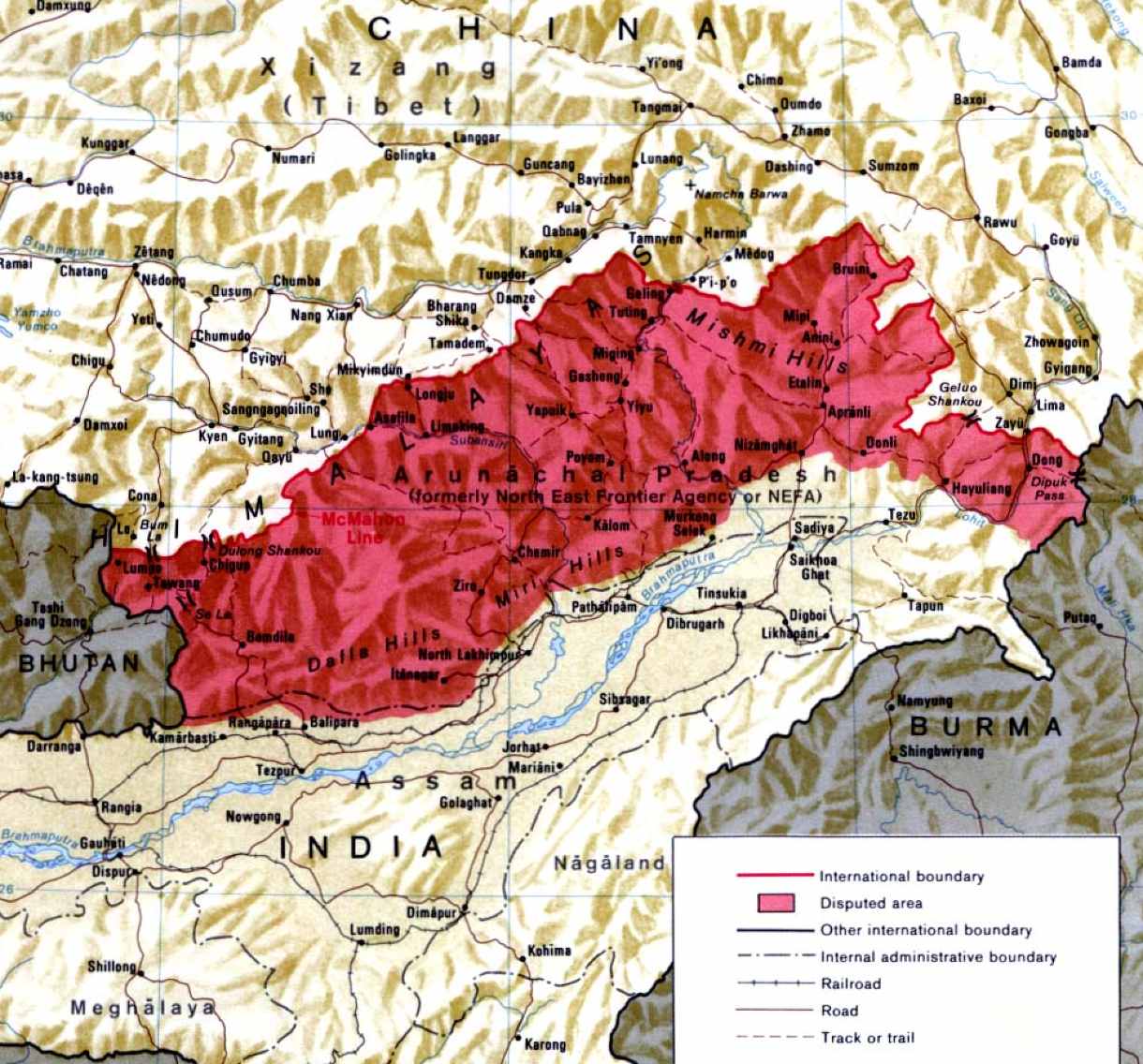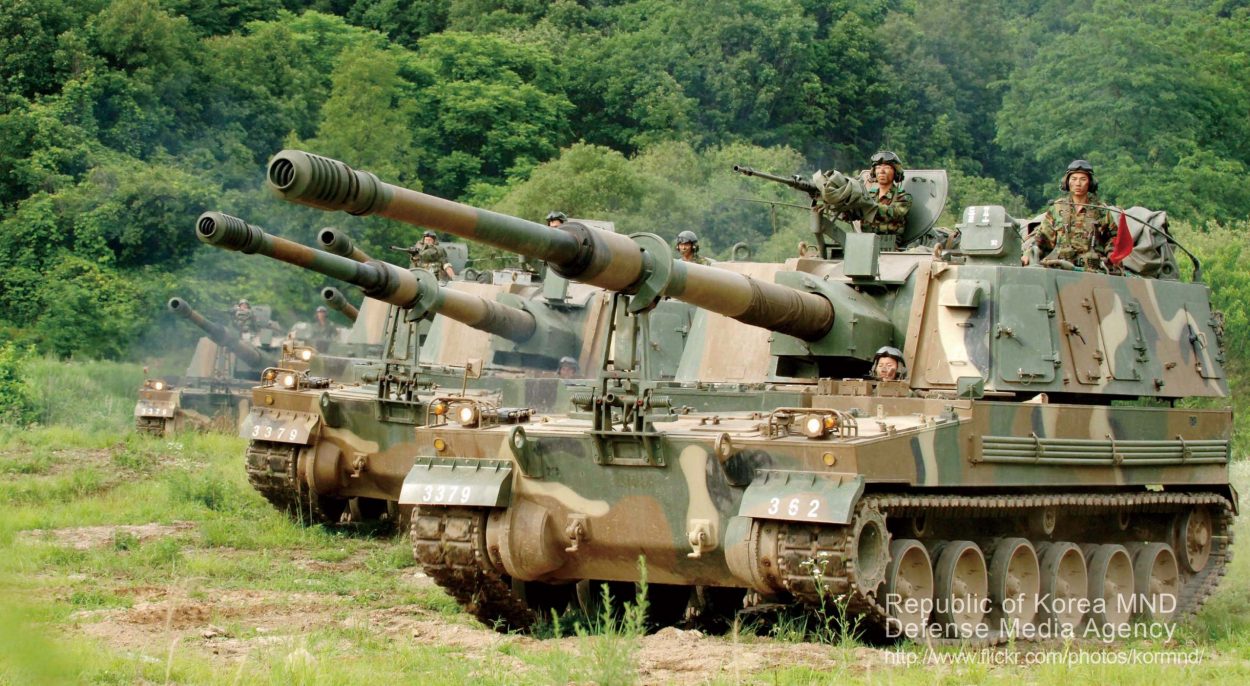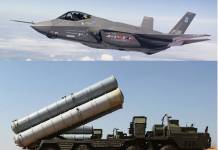There is news of a clash between Indian and Chinese PLA soldiers in the Tawang sector of Arunachal Pradesh. This is the second notable incident between Indian and Chinese soldiers in the disputed LAC.
On 9th Dec 2022, PLA troops contacted the LAC in Tawang Sector of Arunachal Pradesh which was contested by Indian troops in a firm and resolute manner. This face-off led to minor injuries to a few personnel from both sides. Both sides immediately disengaged from the area: Sources pic.twitter.com/vQLXcM3xLS
— ANI (@ANI) December 12, 2022
According to some media reports, the clash took place on December 9 i.e. last Friday.
News Agency ANI said: On 9th Dec 2022, PLA troops contacted the LAC in the Tawang Sector of Arunachal Pradesh which was contested by Indian troops in a firm and resolute manner. This face-off led to minor injuries to a few personnel from both sides. Both sides immediately disengaged from the area: Sources
As a follow-up of the incident, India’s Commander in the area held a Flag Meeting with his counterpart to discuss the issue in accordance with structured mechanisms to restore peace and tranquillity: Sources
The Hindu, quoting Indian defense officials, writes that in the clash in Tawang, Arunachal, more number of Chinese soldiers were injured than Indian soldiers.
This is the first such case after the violent clash between the soldiers of the two countries after the deadly clash in on 15 June 2020 in the Galwan Valley of Ladakh. At that time, 20 Indian soldiers were killed, and China said its 4 soldiers lost their lives.
However, till now, no official comment has come from the Government of India. China has also not issued any statement.
US Trashed China’s Ambitions In Arunachal
China was silent about the McMahan Line as long as the British ruled over India. But with the British exit, China reverted to its expansionist ambitions and claimed Arunachal Pradesh as its territory. China has brought forward no justifiable argument for making such an outrageous claim.
Yes, ethnically, the people in Arunachal Pradesh could be part of Mongoloid extraction. But apart from that, there is no historical proof that Arunachal was part of Tibet or China.
Physical anthropology is not considered a deciding factor in establishing the nativity of any community. It has to be recalled that in the course of history, substantial human migrations have resulted in group crossbreeding.
State boundaries cannot be determined based on ethnicity only. But China is fastidiously holding physical ethnography as the basis of the nativity of a group of people. This is what Beijing says about Eastern Ladakh and other border peripheries also.
China is trying to make Arunachal Pradesh a bone of contention between her and India. Throwing to winds the Panchsheel theory of peaceful inter-state relationship endorsed in the Bandung Conference in 1952, China launched a full-throated military incursion into Arunachal Pradesh in 1961 on a flimsy pretext.
It was clear that China had expansionist ambition, and she would use military power to realize her ambitions.
India was in deep slumber. She did not fathom the real intentions of the Chinese leaders at the Bandung Conference. Nehru’s misplaced idealism had never envisaged an attack from China because Nehru had not only sheepishly conceded Tibet to Chinese aggression but had never strongly and effectively repudiated the claims laid to Arunachal by China.
India suffered a defeat at the hands of China. Although China withdrew from the area it had occupied due to the incursion, it never stopped claiming Arunachal Pradesh as disputed land between India and China.
Not only that, China began to raise objections to Indian top authorities (Prime Minister, Home Minister, and Defense Minister) paying official visits to Tawang. Even whenever a foreign dignitary visited Tawang, China would raise a hue and cry only to keep the dispute alive.
After the 1962 war, while continuing its hostility towards India, China refrained from taking any drastic action to bring the two armies into a confrontational stance along the eastern border.
The reason for somewhat lowering its Arunachal-related hostility was the world community’s reaction against her expansionist designs. Moreover, the then Soviet leadership discouraged Beijing from escalating the situation on the Arunachal border. Some observers say that Congress regimes in India soft-paddled with China to buy peace, which was not to be there.

China thought of dovetailing her relationship with India in the background of India-Pakistan relations. China made it clear that the enemy’s enemy is a friend. As such, she decided to befriend Pakistan if she wanted a next-door neighbor to be outrightly hostile to India.
The Modi government reviewed India’s China policy, particularly on two counts. One was China’s indirect support to Pakistan-based terrorist organizations and individuals designated by the US.
For the third time, China opposed the joint proposal of the US and India at the Security Council to designate the Pakistani terrorist Mir. This attitude stood in direct contrast to Beijing’s Uighur policy. Secondly, the Modi government took serious note of Beijing constantly obstructing India’s membership of the Security Council.
The dilly-dallying tactics of the PLA at the dialogue table to resolve the East Ladakh tangle was a recurring phenomenon.
Consequently, the Modi government brought about a sea of change in the defense and security perspective concerning Chinese hostility. In a comparatively short time, India raised its defense preparedness by building roads close to the border, inducting more sophisticated weapons, adopting new strategies conducive to higher altitude warfare, upgrading air defense, etc.

In the Galwan episode, for the first time, China tasted India’s robust and unassailable military reaction to its oft-repeated clandestine encroachment activity by stealth.
Beijing removed its army commander PLA posted on the East Ladakh border and punished some junior officers for failing to push back the Indian troops. It was the PLA’s first acceptance of formidable resistance by the Indians.
Coming back to the Arunachal issue, the US has signaled in clear terms that it accepts Arunachal Pradesh as an integral part of the Indian Union. This has come as a shock to Beijing. The announcement has come when Chinese President Xi Jinping’s whereabouts are unknown, and many rumors of a coup in Beijing are making rounds.
What the US has said conforms with the known stand of Washington on Arunachal status. The US embassy in New Delhi co-sponsored an event highlighting the culture of the indigenous tribes in the State of Arunachal Pradesh. This was part of India’s ongoing Azadi Ka Amrit Mahotsav celebrations and the seventy-fifth anniversary of Indo-US ties.
Three years ago, the US ambassador’s inauguration of the annual Tawang Festival — a cultural extravaganza in western Arunachal — enraged Beijing.
In October 2016, Richard Verma became the first US ambassador to India to visit Arunachal Pradesh, triggering a volley of angry reactions from China. China has also expressed opposition to US support for some social sector projects and educational programs in the eastern state.
The Dalai Lama indicated earlier this month that he would be visiting Arunachal Pradesh “soon.” The Tibetan spiritual leader, an anathema to China’s ruling communists, has visited Arunachal seven times since 1983. His last visit was in 2017.
In the final analysis, the international community is convinced that China’s claim to Arunachal Pradesh is part of her expansionist policy. She has already grabbed more than five thousand square kilometers of the Indian Territory in Aksai Chin.
Besides that, she coerced Pakistan to cede the Shaksgam Valley, which China needed for laying the railway line to Lhasa in Tibet. China is also disturbing the peaceful atmosphere and normalcy on the Bhutan-China border but cannot achieve its expansionist objective because of resistance from the Indian government.
India has to keep a vigil along the entire Sino-Indian Himalayan border and always keep its defense and security to the fullest preparedness.
- Padma Shri KN Pandita is the former Director of the Centre of Central Asian Studies, Kashmir University.
- Mail EurAsian Times at: etdesk@eurasiantimes.com
- Follow EurAsian Times on Google News




